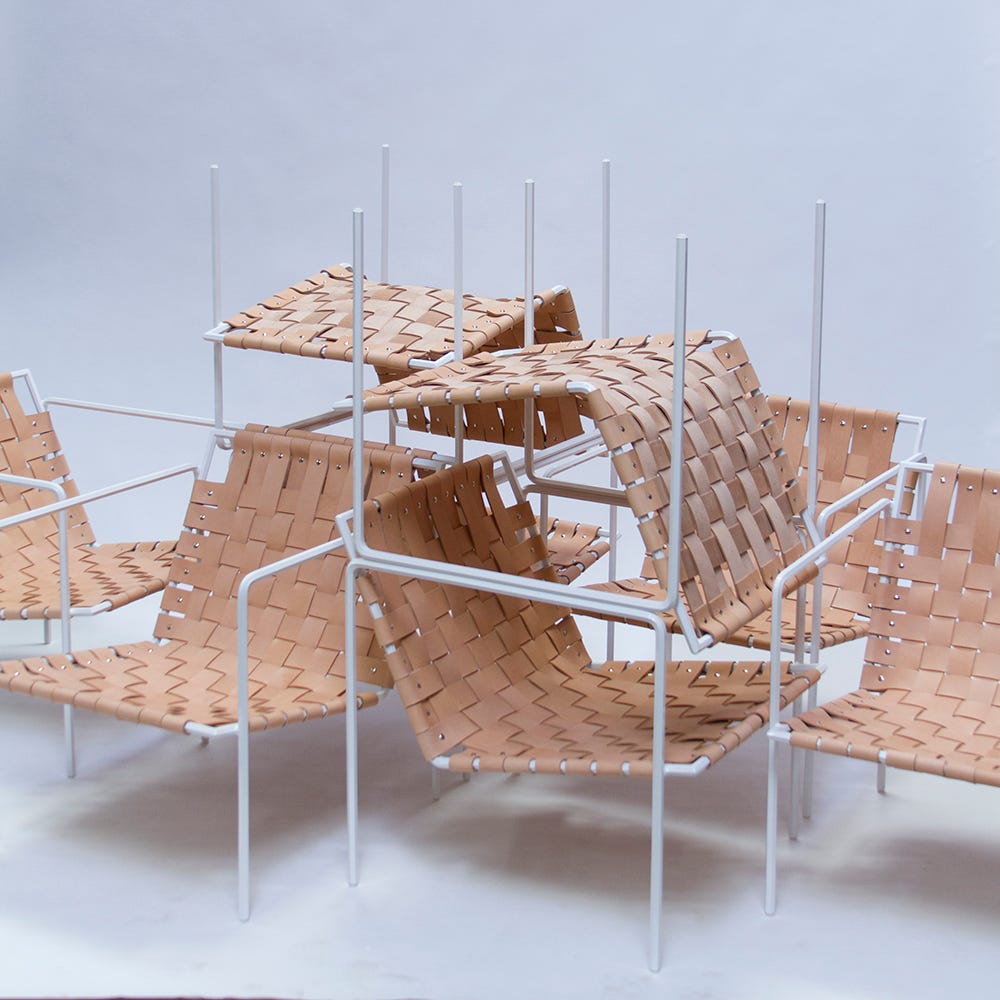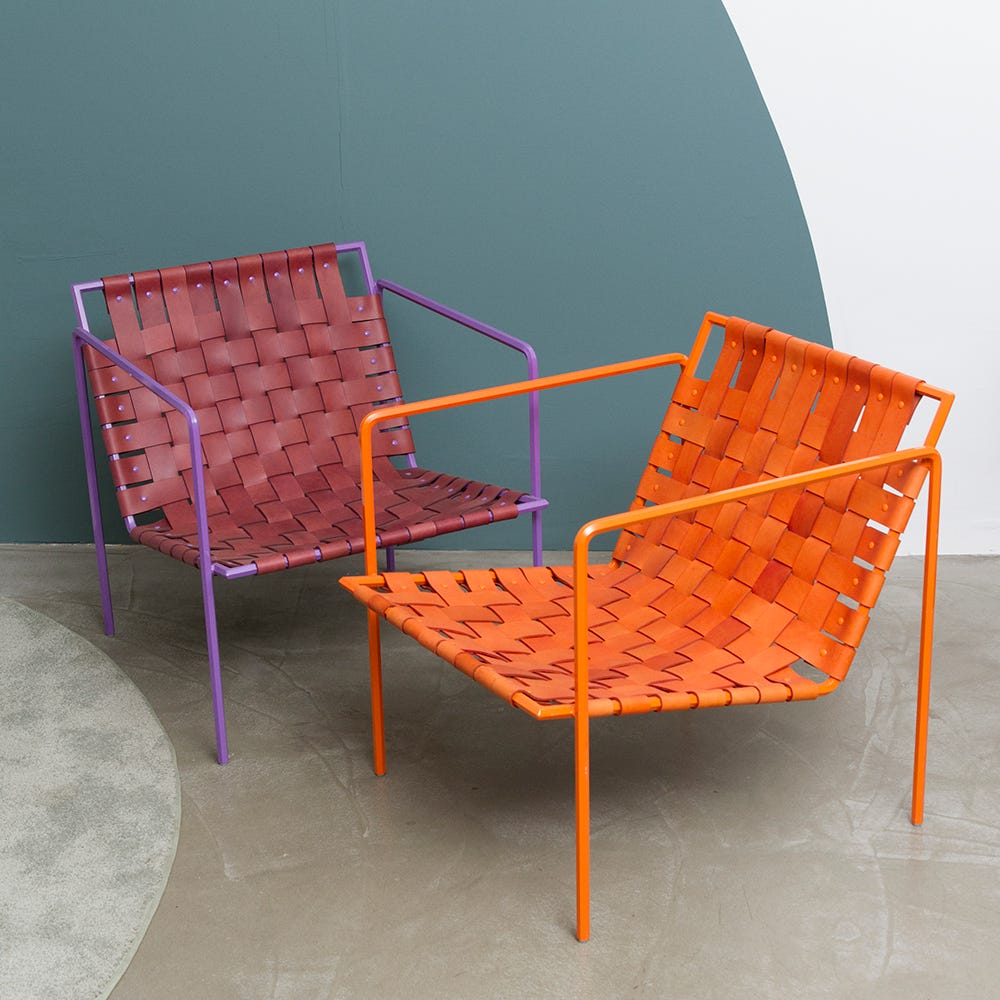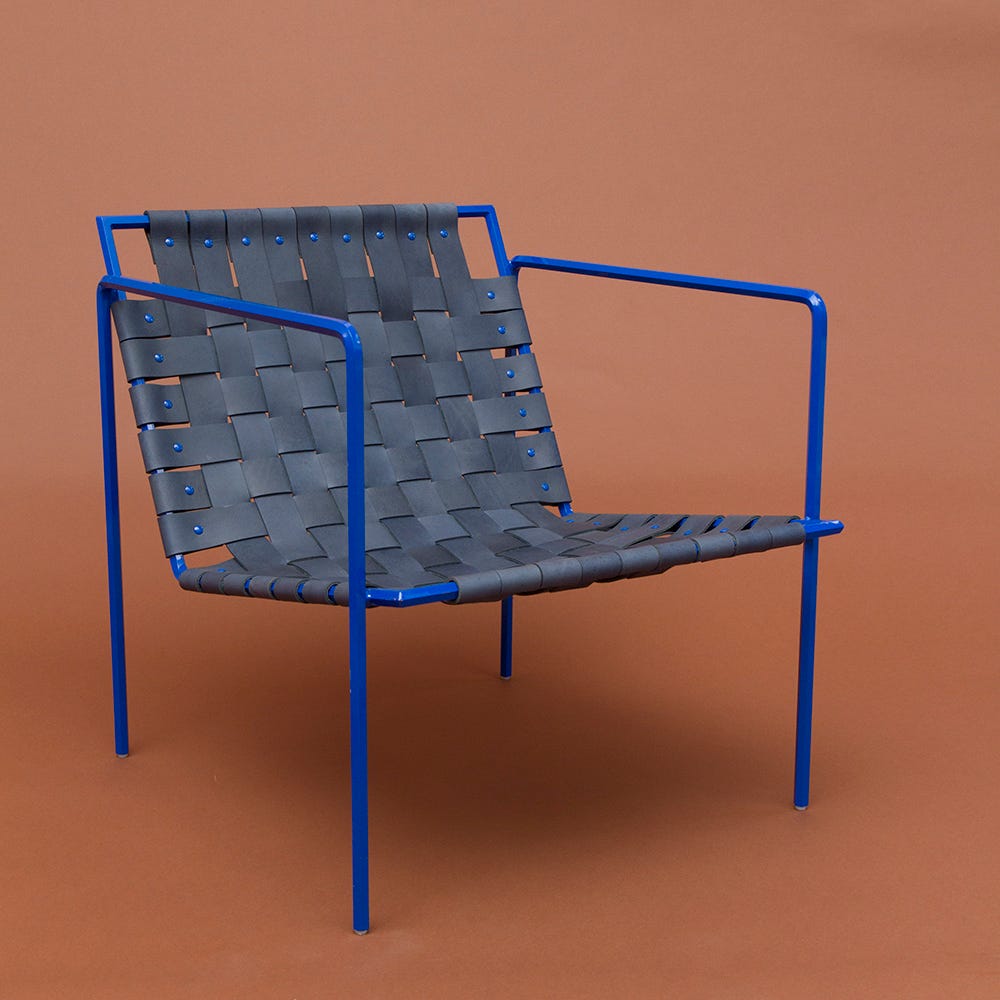I am in the process of formalizing a framework for critiquing chairs for USE.
A USEFUL Framework. A Framework for Use.
The intent of the framework is exactly that, the work of a frame.
But not like a frame for a picture - a picture frame.
More like a climbing frame.
A climbing frame is a colloquial term for the physical, structural apparatus for which children play. In my part of the world we called it a “jungle gym”.
So when you read “frame” I want you to picture a jungle gym that we are all climbing on, and playing in and around.
THUS.
Here are the 2 main distinctions when entering into “critique mode” of a chair: Time and Place.
Everything comes back to time and place.
Because everything starts with time and place.
There is a time and place for everything.
There is a time and place for not every thing.
There is a time and place for every sort of chair - and that time and place-ness typically indicates an activity.
I’m blasting through a lot of the philosophical side of chairs, and the chairiness of chairs, because this framework is about USE.
So let’s get down to it:
Genre/Type: What type of activity is this chair intended for? Dining? Lounging? Occasional? Stool? Bar Stool? Step Stool?
Chairs are typically broken down into genre for us by the maker/seller/company. I call my Rod+Weave Chair a “Lounge” Chair. That’s genre. Not a command. It’s a nudge towards how I intend it be used. If I offered a large collection of chairs, I would separate them by genre or activity. We see this “sorting” all the time via drop down menus and tabs on ecommerce sites. We are accustomed to this sort of sorting.
This sorting is about placement.
Take A Seat.
Your body is in a totally different position. Whole sets of muscles are resting now. You have something else holding your weight now. Time is Distance divided by Speed. When we sit, we are no longer covering any distance. You may say, but we do that when we stand! True, but our bodies do not rest when we are standing.
We reduce our distance from the earth by sitting, or laying - this is what gives us rest. (Okay, getting mystical a bit, but it’s true-ish).
TIME! To sit is to do time differently. And really that’s it.
How much time can you spend in that chair?
Like, actual minutes.
This sorting is about time in place.
A brief aside on “CHAIR TIME”.
Chair Time is a concept that Billy Rueck, Matthew Williams, and I developed around 2011/12 when we were hanging around each other working on graduate work in Portland, OR.
We concluded: The only sufficient way to classify/evaluate a chair is to disclose how much time one could reasonably sit in a chair comfortably.
Reasonably and Comfortably are operative - it’s a spectrum.
It’s a simple rubric, with flexibility around personal experience - as we all occupy different shaped bodies too.
I would remark something like this, “For my body size/shape, I can only do 30 mins in this chair.” That is super helpful feedback to the maker, but it’s also crucial intel for me as a buyer.
Because then I can audit my experience of the chair against where I imagine to use my chair.
Therefore, some chairs are “30 minute chairs”, some are “2 hour chairs” some are “Sleeping Chairs” essentially.
Some chairs, a lot of chairs actually, are only 5-10 minute chairs.
I just use that language: “It’s a 5 minute chair” - and I can put out of my mind any hope for it being used as a chair.
Back to the main course. Chair time is important.
Chair Time + Chair Placement = Crucial Info
Because it solves a few quick problems out of the gate.
A Formal Dining Chair CAN be uncomfortable because no one uses them on a regular basis, or for a long duration of time on single use. Low time/use criteria.
A Lounge Chair CANNOT be uncomfortable under 30 minutes because no one can do any reasonable lounging for under 30 minutes. High time/use criteria is more crucial here.
A Side Chair CAN be used in a dining application, but its genre/type implies more varied applications. Thus, a side chair should have higher use/time criteria in play… so it can get used more.
My Rod+Weave Chair is a 2 hour chair, max. I know some people who “worked from it all day” - but they would not do that every day. Because there is a time and place that chair is suited for.
It’s not a task chair. But that doesn’t mean it is ill-suited for certain tasks.
There is a time and place for every thing that we make.
Every thing that we make is optimized for a certain amount of time, and a certain type of place.
I often find that same reflex is at work when we buy something too.
We are imagining a time and place where that thing fits into our life.
And sometimes we have an opening for that thing now. And sometimes that thing creates an opening. It reveals a desire that maybe we weren’t aware of until we encountered the thing itself.
Again, I can’t help but get a little mystical and philosophical. We all do that. We all seek out some meaning, narrative, reason, philosophy, etc… I think that’s the call and response nature of bumping up into other physical things.
But! The goal here is to build a framework around how to talk about chairs.
First step - talk about TIME and PLACE.
It’s where we all start, and it’s where we all end - oh, and it’s right here, now, too.





